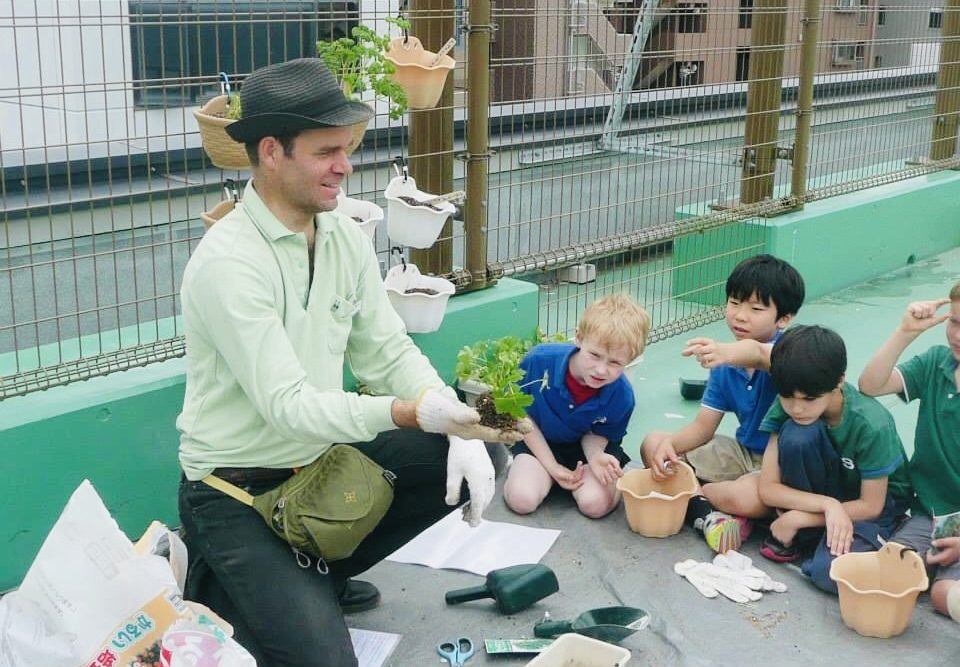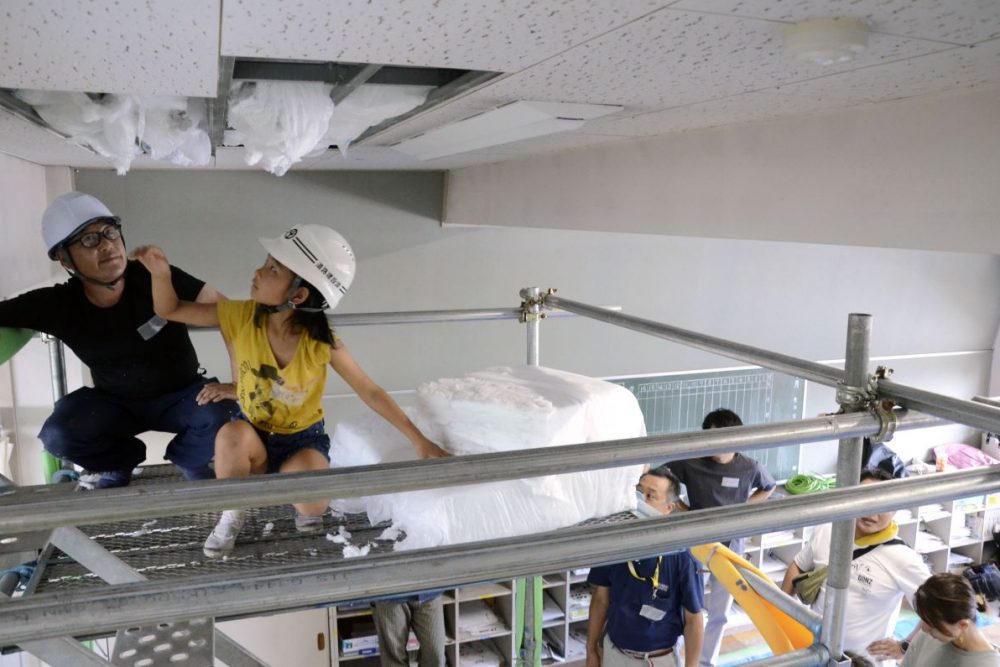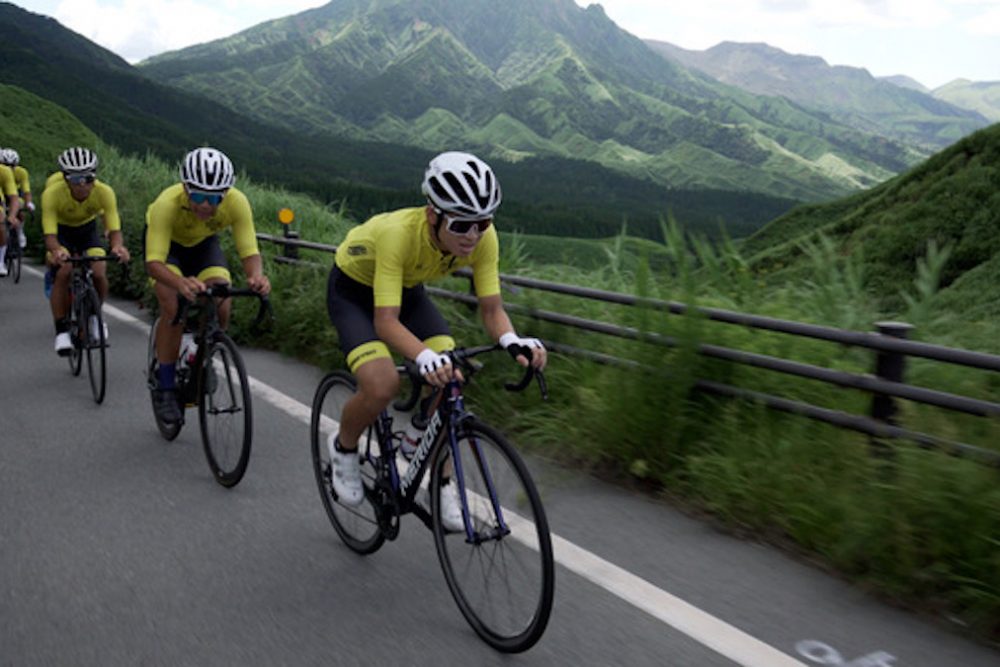[Global to Local] Christine Pearson: Changing the World, One Kid at a Time
Christine Pearson provides school-aged kids in her community with opportunities to interact with peers overseas while inventing solutions to global issues.
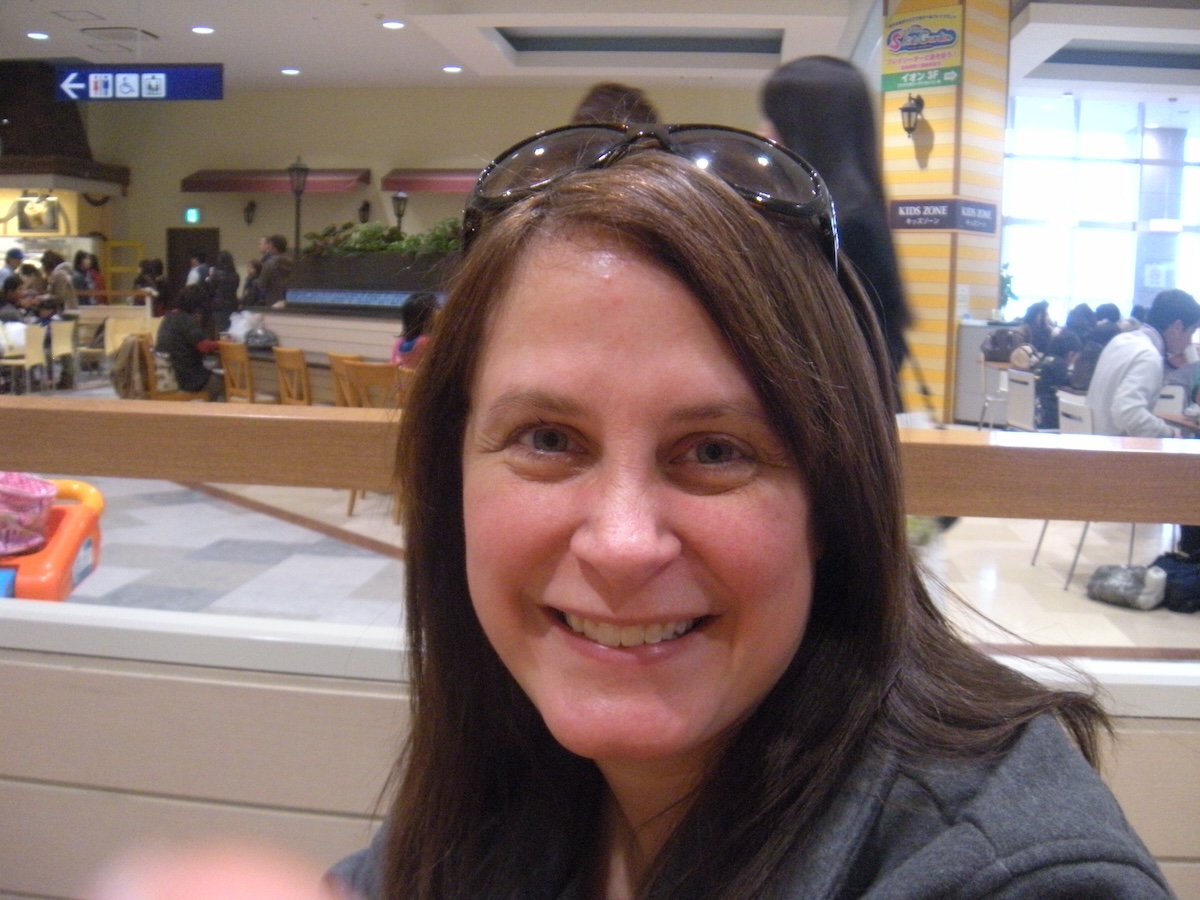
Christine Pearson is the founder of Kids2Kids Change the World, a bilingual social leadership program for school-aged children. An American based in the city of Kitakyushu in Fukuoka Prefecture, Pearson shares her vision for empowering kids to be the changemakers of tomorrow.
Can you give us an overview of Kids2Kids Change the World?
Kids2Kids is a bilingual (Japanese and English) social leadership program for children in elementary, junior high, and high school. We aim to create a community of youth changemakers who have the ability to reimagine and reinvent the world by discovering resourceful and viable solutions to today's social issues.
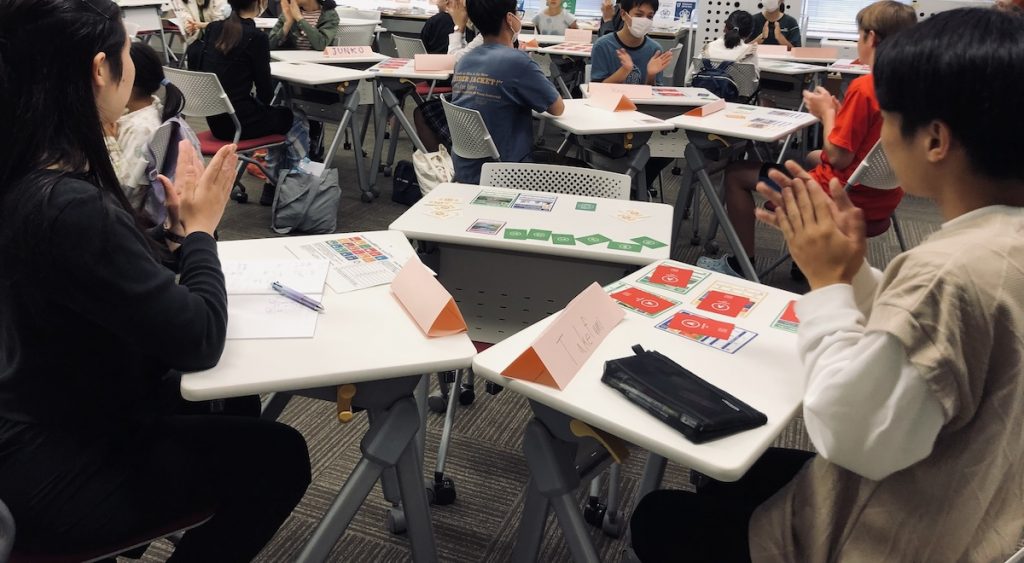
What can participants gain?
Kids2Kids provides opportunities for these changemakers to explore social challenges from different perspectives — at the community, local, national, or international level. They can let their imaginations run free and gain confidence through innovating kid-led solutions to those problems with their peers in Japan and overseas. They also discover their strengths and find out how their interests can be connected to potential careers.
Keeping Pace With a Changing World
Why is it important for young people to develop skills for seeking solutions?
The world has changed. There used to be fixed names for jobs and careers. But today, the working world is more fluid and people moving into the workforce need to have a broader range of skills and knowledge. Social issues are now driving companies and organizations to innovate solutions. Having kids develop skills from a young age means they come to the table prepared to be part of the solution in creating a diverse, equitable, and inclusive world.

Is there a set curriculum for Kids2Kids?
No, the program is flexible, running anywhere from single sessions to year-long courses with partners in Japan and overseas. The focus is on experiential and project-based learning. Kids take center stage in the learning process as they explore global issues identified by the UN. These include poverty, the environment, culture, diversity, equity, inclusion, disaster resilience, and health.
You're also raising two teenagers. Have they inspired or contributed to Kids2Kids?
My kids are members of the Kids2Kids Youth Advisory Board and contribute their ideas and feedback about courses. These range from age-appropriate activities and potential cultural issues to emotional intelligence (the ability to understand how to manage your own emotions in positive ways).
Turning Ideas into Reality
What inspired you to launch Kids2Kids?
I originally came up with the idea for Kids2Kids around 2012. I remember hearing about the great opportunities that kids had in larger cities and at international schools. Some had chances to explore studies outside of the traditional curriculum and to connect with kids their age in other countries. I wanted those same opportunities for my own kids, as well as their friends. I sat on this idea for five years but lacked the confidence to take that first step until I took part in the TOMODACHI MetLife Women's Leadership Program as a mentor for the 2017-2018 cohort.
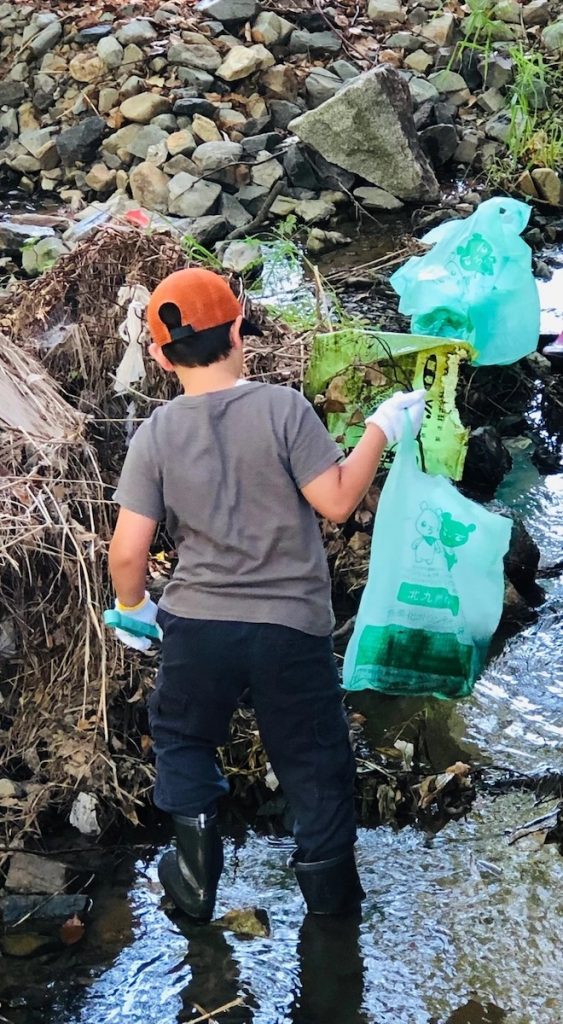
What was your next step?
I was inspired and encouraged by the mentees I met on the program. I finally gathered up the courage to start the first class at a local culture center in Kitakyushu with a group of six kids in 2018. Our very first exchange was on environmental issues with children in Cebu, Philippines, coordinated locally by Ms. Analeh Patindol, a dear friend. This partnership has blossomed over the years into a multinational exchange.
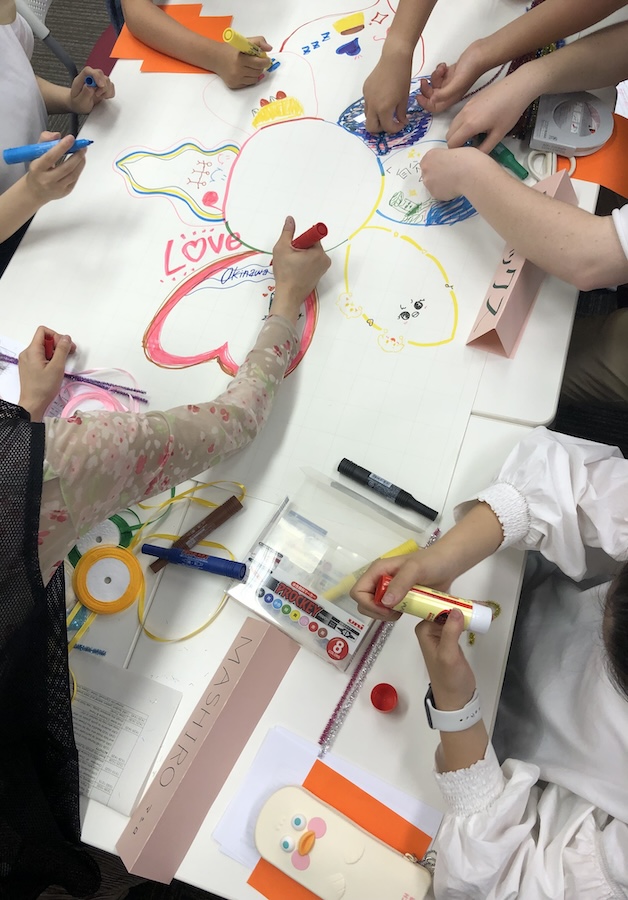
How do you recruit participants?
I began with the core group of kids in Kitakyushu at the start of the program in 2018. They helped me figure out which approaches worked well (and which didn’t!). Participants are mostly from around Fukuoka Prefecture. My networks and partners help me advertise new courses.
Fostering Global Connections
Do the kids have to be bilingual to participate?
No. Kids2Kids doesn't limit participation to kids who speak English. Instead, it aims to give them the freedom to communicate in whatever language they are comfortable with, so they can delve into the course content. It does, however, encourage a natural understanding of the importance of English in communicating with kids in other countries. (Many parents have told me that their kids have become more determined to study English after Kids2Kids courses have finished.)

Can you give us an example of how kids interact with peers overseas?
Sure! Earlier this year, I worked with friends on a "Farm- and Sea-to-Table" course. It involved students from a local school and senior citizens studying English in Kitakyushu, along with children in Pekalongan, Indonesia, and Cebu, Philippines. The participants in this multinational, intergenerational course explored food cultures in the three countries. They learned about the journey food takes from the farm or sea to tables and supermarkets, how food is related to biodiversity, culture, disaster resilience, climate change, and other issues, and how we all can be part of the solution to protect the Earth.
What are you working on now?
I've just finished working with Professor Fiona Creaser at The University of Kitakyushu on a six-session course about diversity, equity, and inclusion, offered through the university's extension course. This also includes a special addition — the participation of university student leaders who help facilitate the learning process in the classroom. Next year, we have lots of plans in store. We'll run programs to help kids build confidence and leadership skills, gain volunteer experience, and learn how to organize meetings and make presentations, as well as a deep dive into the SDGs.
Building a Strong Network
Connecting with the right people is an important factor, isn't it?
Yes. To me, networking is all about what I can offer to other people, not simply what I can get in return. Whenever I set up a new collaboration, I focus on how the other person can benefit from the partnership. And, most importantly, whatever we're doing has to be fun!
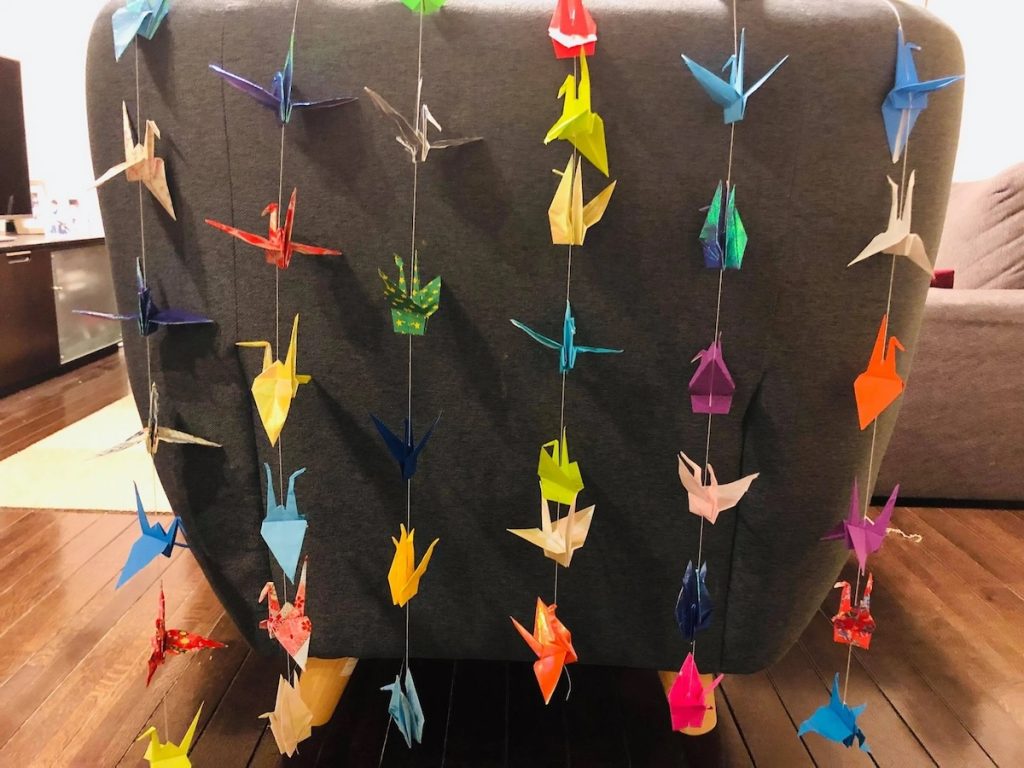
What are the most challenging and rewarding aspects of running Kids2Kids?
Communicating with different partners and managing expectations can sometimes be a challenge. A key feature of Kids2Kids is its flexibility, which means that partners can run the program with their groups however they want. This includes how often they meet (because typhoons and inclement weather can hamper meetups), what learning styles they want to use, and how they approach the topic we're focusing on. But one of the most rewarding parts of the program is when kids from different cultures see the world through other people's eyes and bring their skills and knowledge to life as they reimagine and reinvent the world!
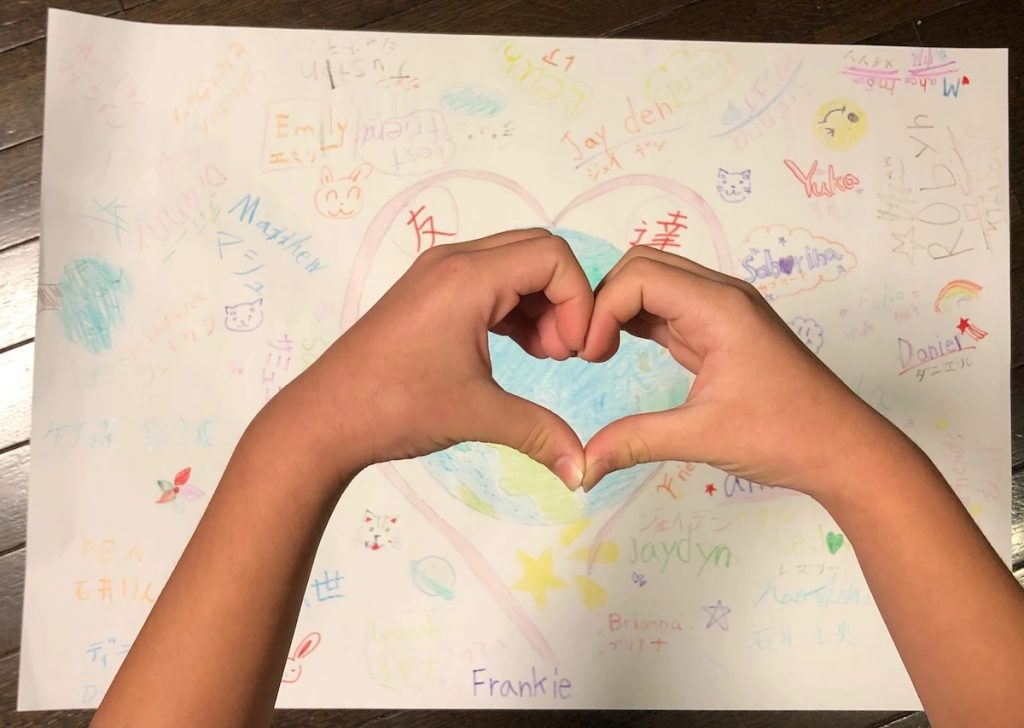
Shaping the Future
Do you have a memorable anecdote to share?
After the Tokyo Olympic and Paralympic Games, we had the opportunity to interview Paralympian swimmer, artist, and author Gregory Burns, who represented the United States at the 1992, 1996, and 2000 Paralympic Games. During a course on disability awareness through The University of Kitakyushu's extension course in 2021, Gregory spoke about his thoughts and experiences on living a barrier-free life, and how we should all try to be more accepting and understanding of differences in others to make the world a more inclusive place. You can find his interview here.

What's ahead for you and Kids2Kids?
Over the past five years, I've worked with people who share the same vision to move Kids2Kids up to the next level. I want to expand the activities we're doing in Kyushu to other parts of Japan, and in rural areas in particular. I want to find more partners around the world and connect them with each other so they can run independent activities and help kids bring their ideas to life.
Visit the Kids2Kids website to find out more about participating or collaborating.
Check out other installments of Global to Local by Louise George Kittaka.
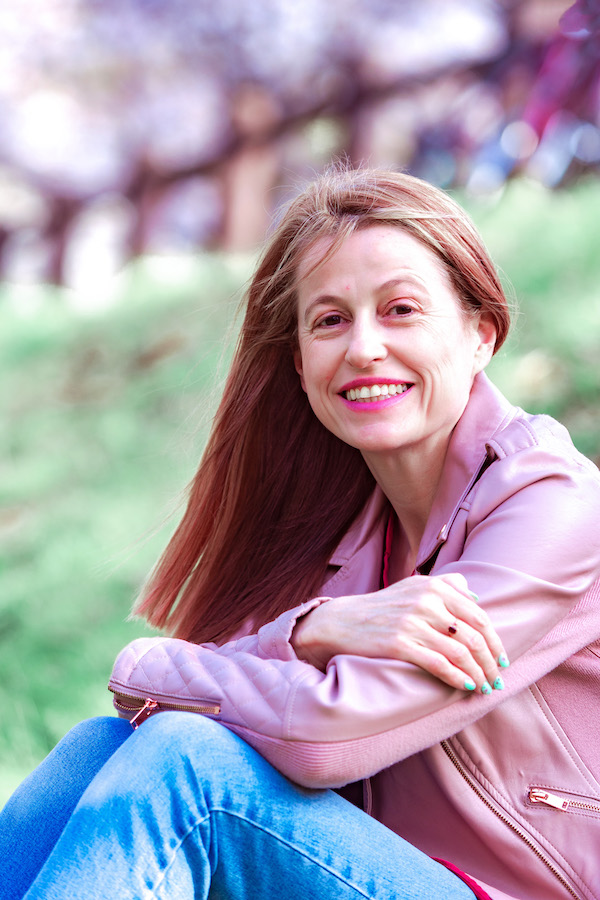
Louise George Kittaka is a bilingual writer and content creator from New Zealand. She writes for a wide range of media platforms and also lectures at Shirayuri Women’s University in Tokyo. Louise loves waterfalls, sweet buffets, karaoke and traveling, and is obsessed with the Aliens movies.






